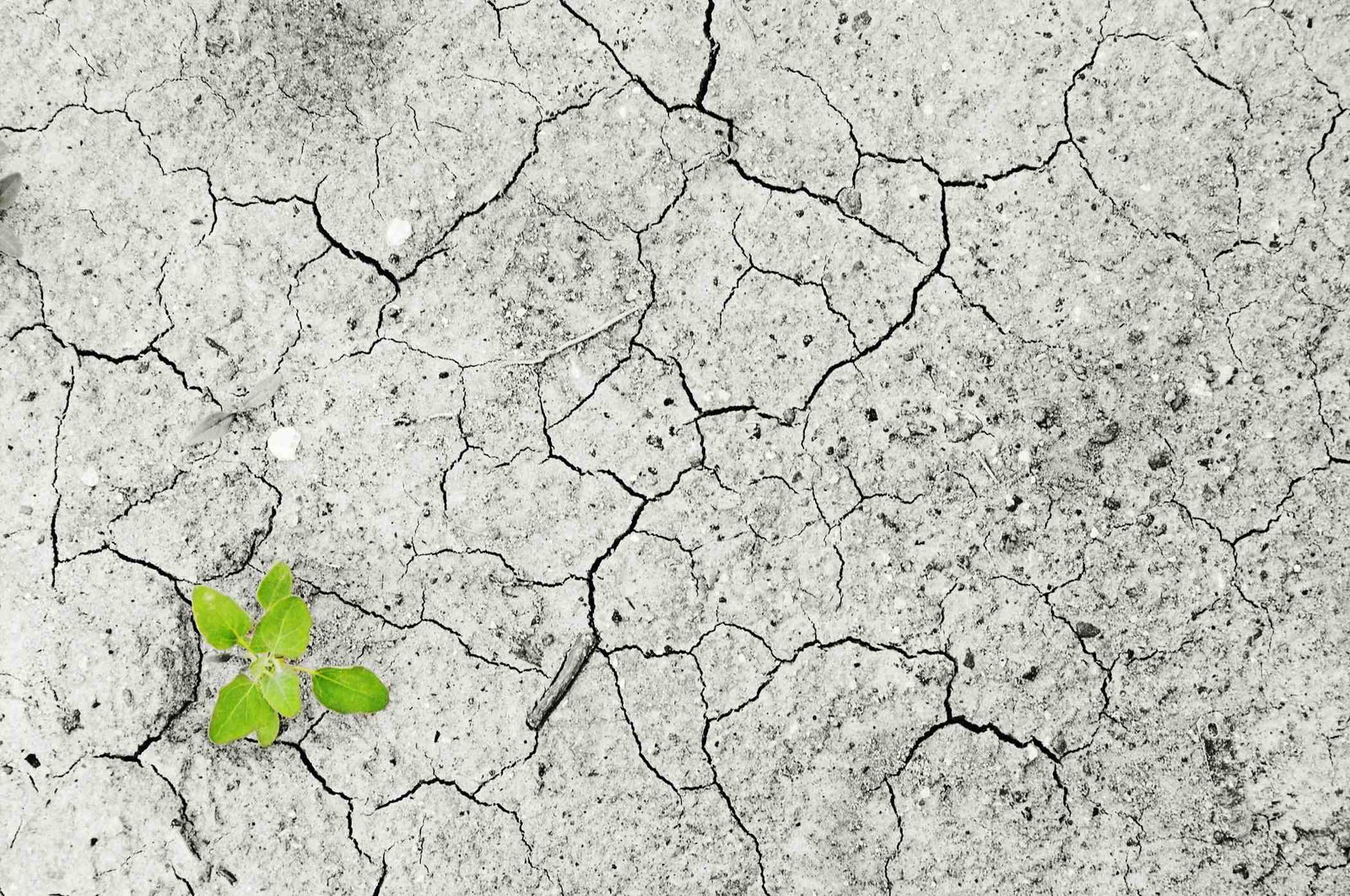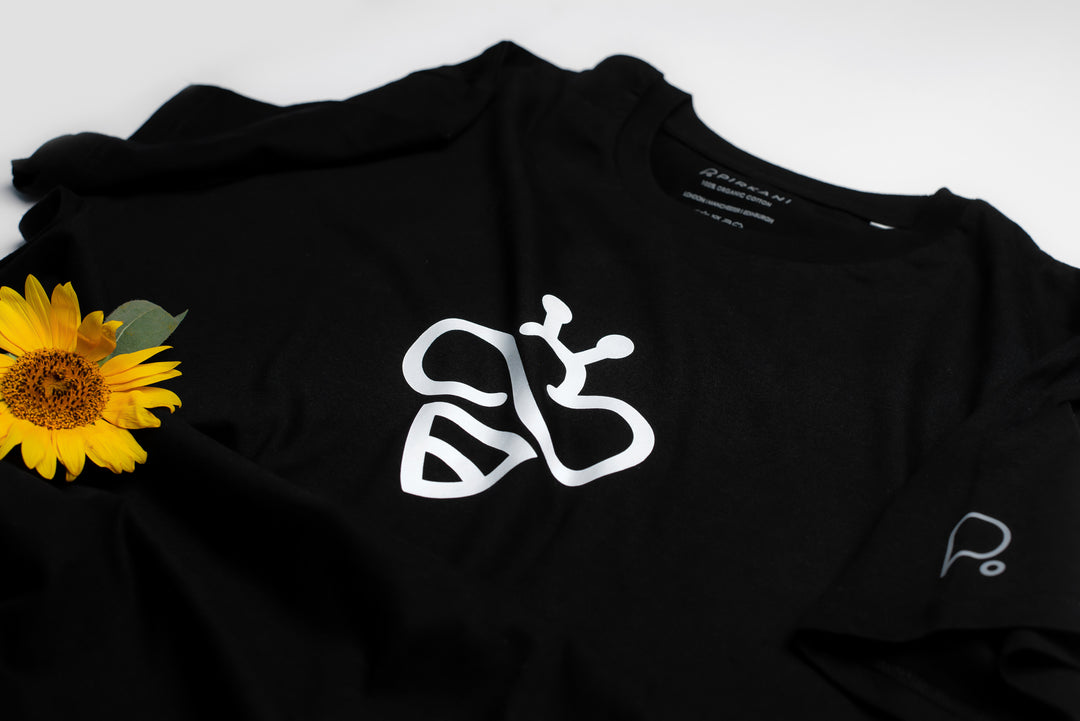Did you know? The fashion industry is the second-largest consumer of the world's water supply

You've likely heard about some of the fashion industry's environmental and social impacts, especially regarding its contribution to climate change or workers' exploitation. However, did you know that the fashion industry is also the second-largest consumer of the world's water supply? It's estimated that the fashion industry uses 79 billion cubic metres of water per year – an amount that's set to double by 2030.
The current fashion industry's landscape and sustainable development don't go hand in hand, which is why it's becoming more and more critical for us all to switch to dressing in a way that's better for the environment, the people, and local economies. Here's why exactly fashion is consuming so much water nowadays.
Growing natural fibres
It takes a lot of water to grow the crops used to create natural fibres, mainly cotton, one of the most popular threads globally. It takes up to 20,000 litres of water to cultivate just one kilogram of raw cotton. The footprint of a single conventional cotton t-shirt is up to 3,900 litres of freshwater.
This has a massive negative impact on the environment in surrounding areas, as well as local communities. A cautionary tale of what consequences this can have is the story of the Aral Sea in Uzbekistan, which has shrunk to only a quarter of its original area over the last 50 years. However, this hasn't just destroyed an ecosystem – it also deprived the locals, many of whom worked as fishermen, of work.
Dyeing and processing fabric
Even more water is needed in the sweatshops where fabric is processed and turned into garments. The spinning, dyeing, and finishing of a kilogram of the fibre require 100 to 150 litres of water. However, these processes don't just consume a lot of water – they also pollute it with toxic substances.
Overconsumption
The two issues we've discussed so far wouldn't be as problematic if we weren't producing as much clothing as we are now. Since the rise of fast fashion, our clothing consumption has skyrocketed, as we are encouraged to buy garments without a second thought and discard them quickly to be replaced by new cheap clothing.
As we buy much more clothing but keep it for a much shorter time, our closets' overall water footprint has increased substantially.
How to limit your impact
If you want to choose eco-friendly clothing and sustainable development solutions, there are many different ways to limit the water consumption of the garments you buy. These are a few of our favourites:
-
Choose apparel made from natural fibres which don't require a lot of water to produce, such as linen or hemp.
-
Choose second-hand clothing; it would still be new to your wardrobe.
-
Choose recycled clothing; we can tell you scientific innovation helps many brands provide superior-quality recycled apparel.
-
Buy less clothing and make use of the garments you already own.
-
When buying cotton clothing, always choose organic instead of conventional cotton. Although cotton is a thirsty crop, organic farmers find ways to recycle water and capture rainfall, to reduce their water footprint by 91%.
-
Buy from sustainable fashion brands implementing initiatives to reduce their water footprint and use dyes requiring less water.
Think Sustainable.
At Pirkani Apparel, we believe that our impact today will have crucial effects on our future generations. We do our best to protect our planet Earth, preserve and conserve its natural resources and the fragile ecosystem. At the same time, we deliver high-quality, sustainable apparel that our consumers love and wear with pride. We are committed to conscious clothing and fair-trade practices that support every member in our ecosystem, from farmers to consumers. While we do it, although we may be taking plants from Mother Nature in the making of our apparel, we ensure our carbon impact is negative, and we give back just as much by planting trees for every piece of clothing that we produce.






Leave a comment